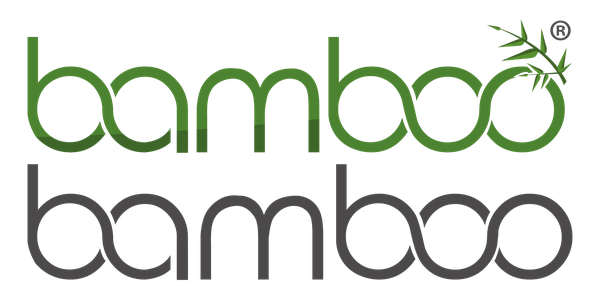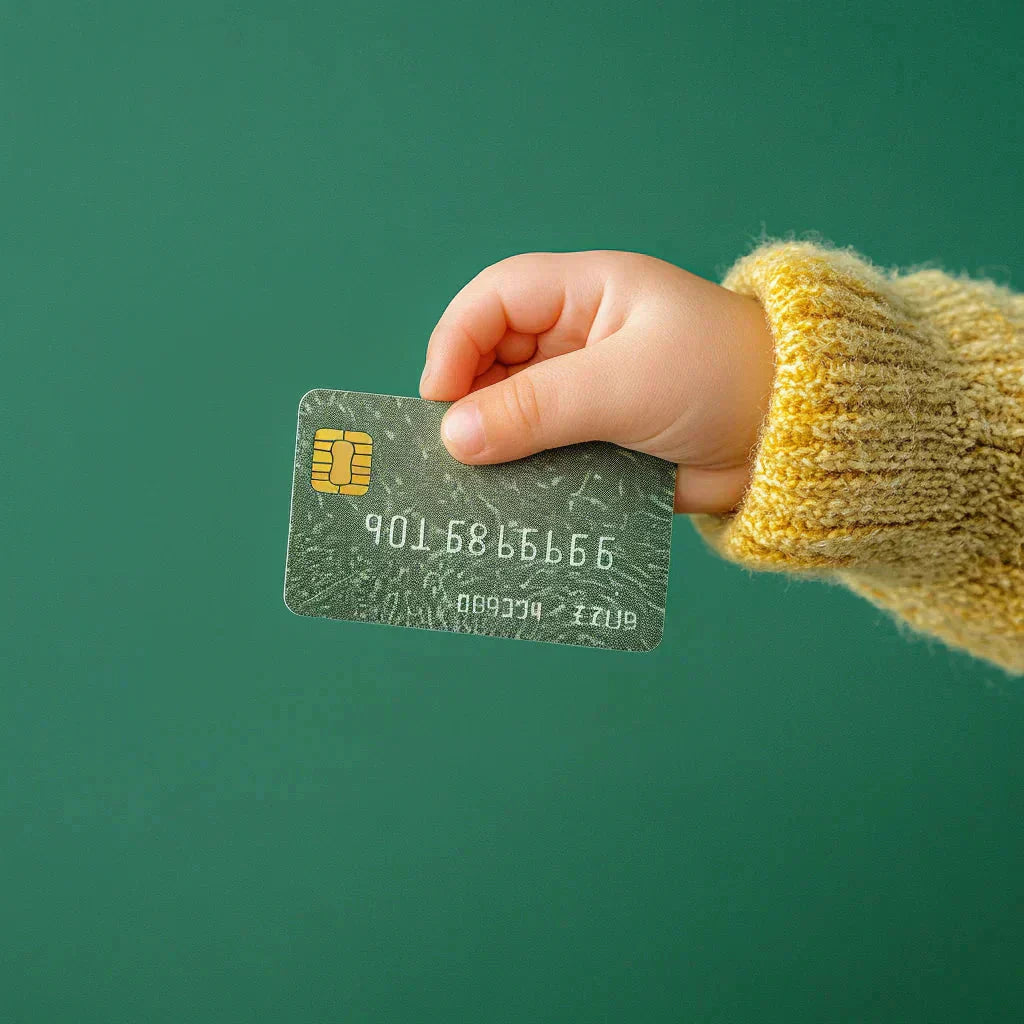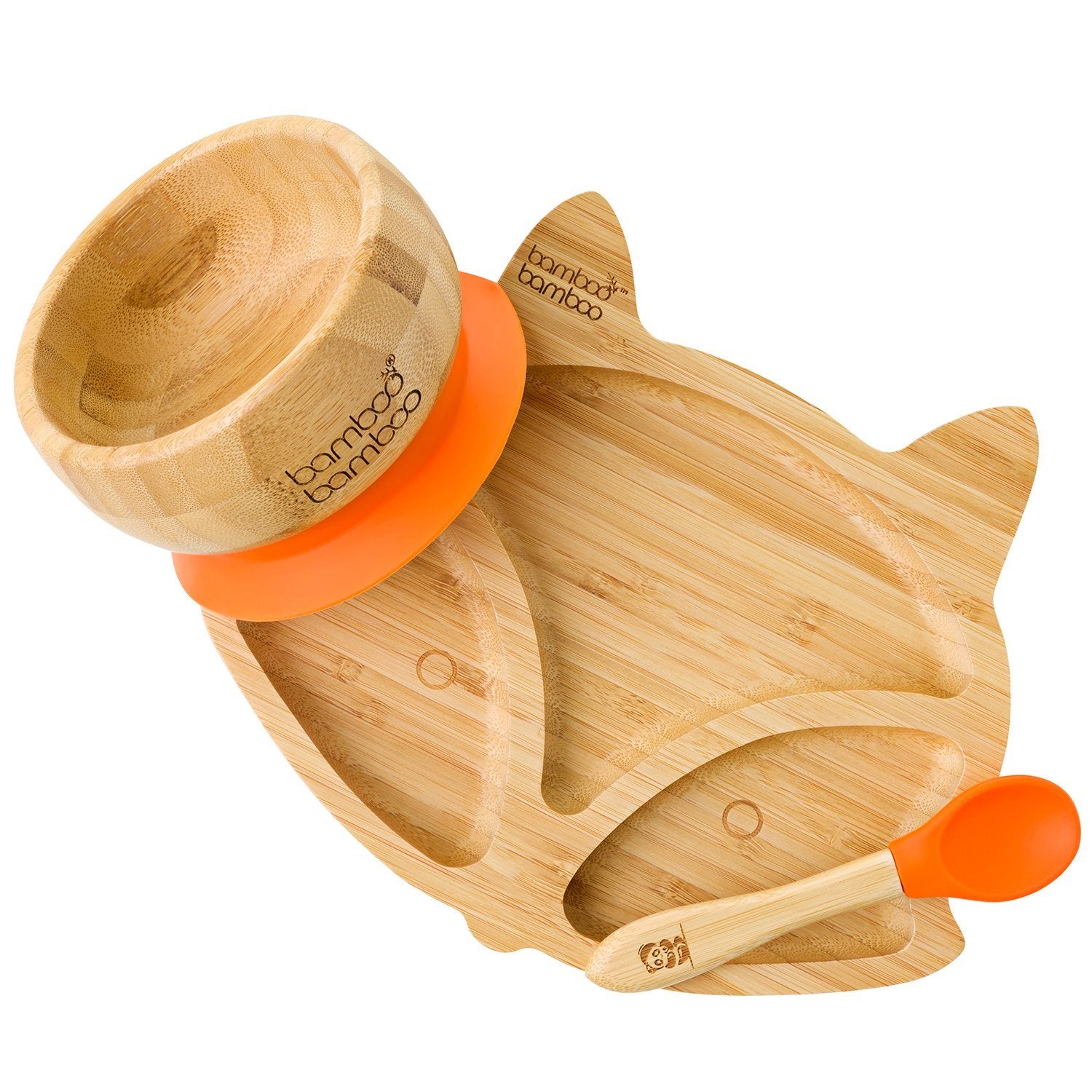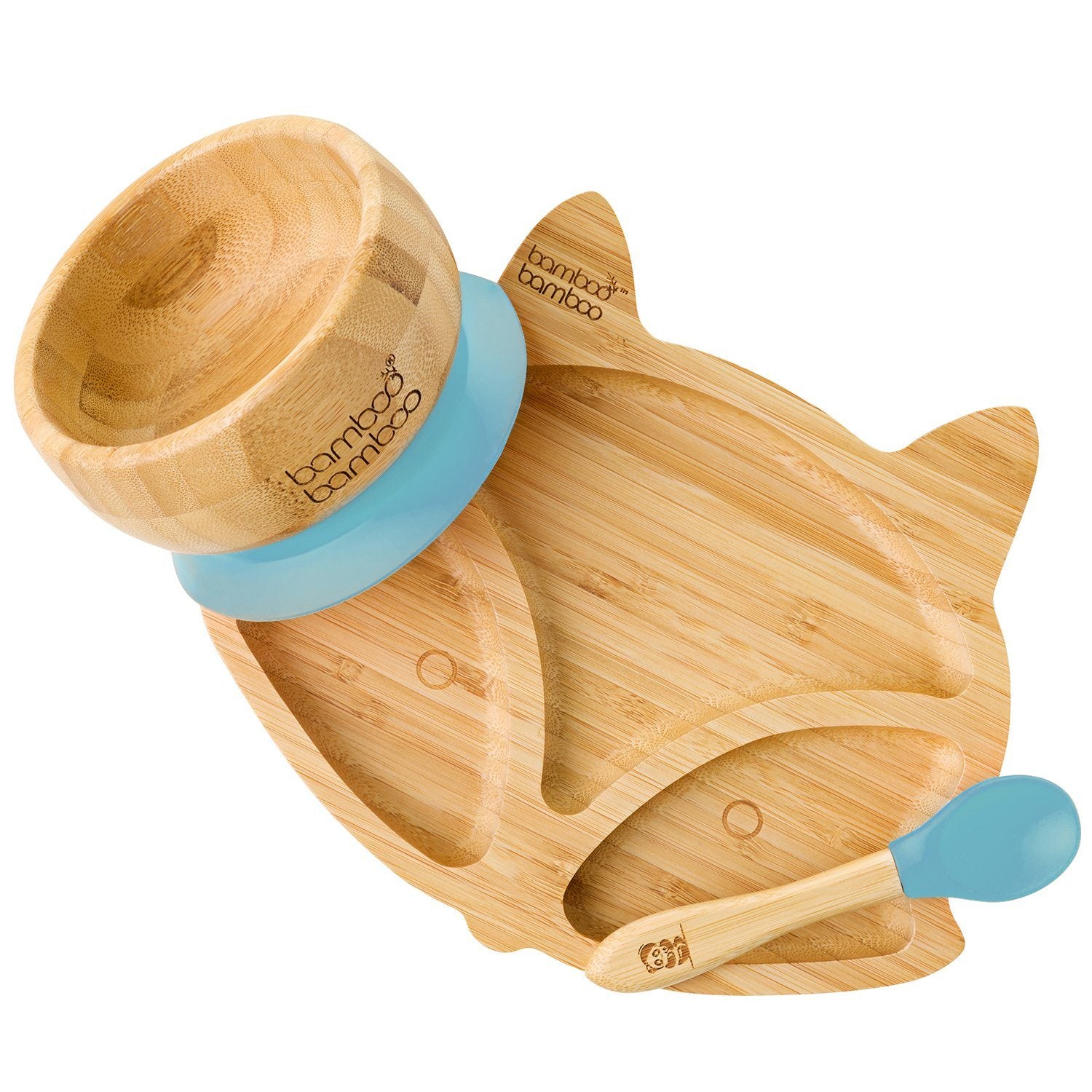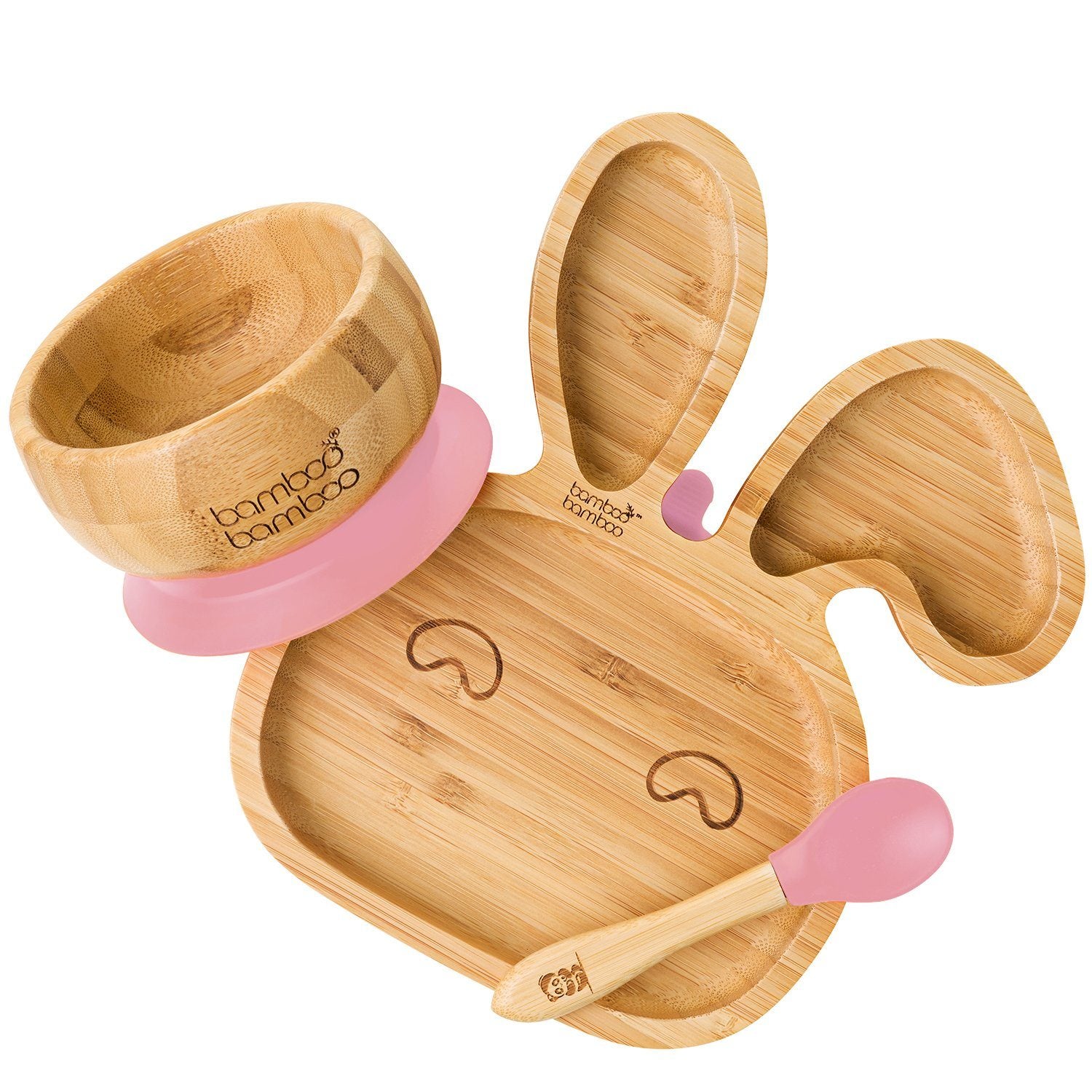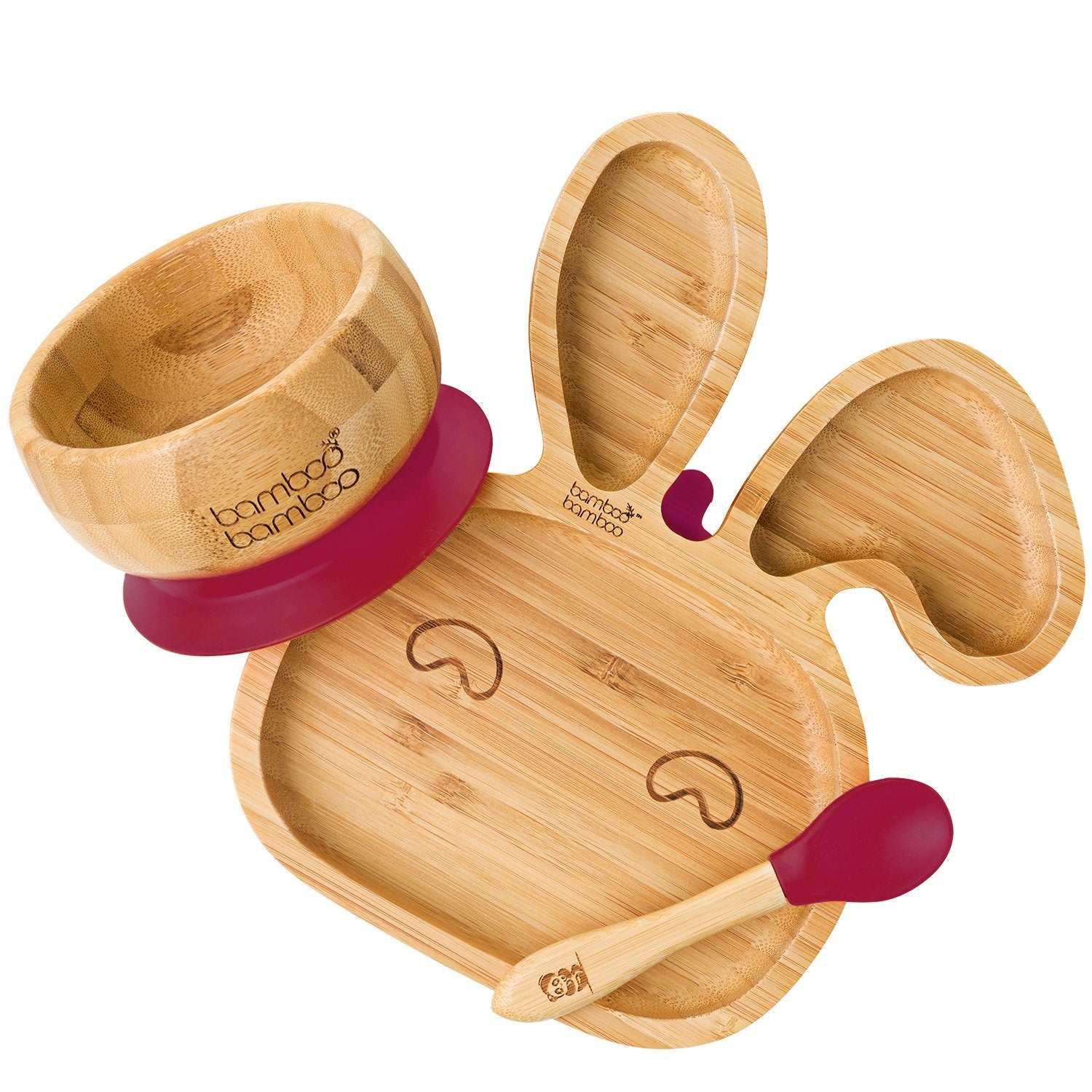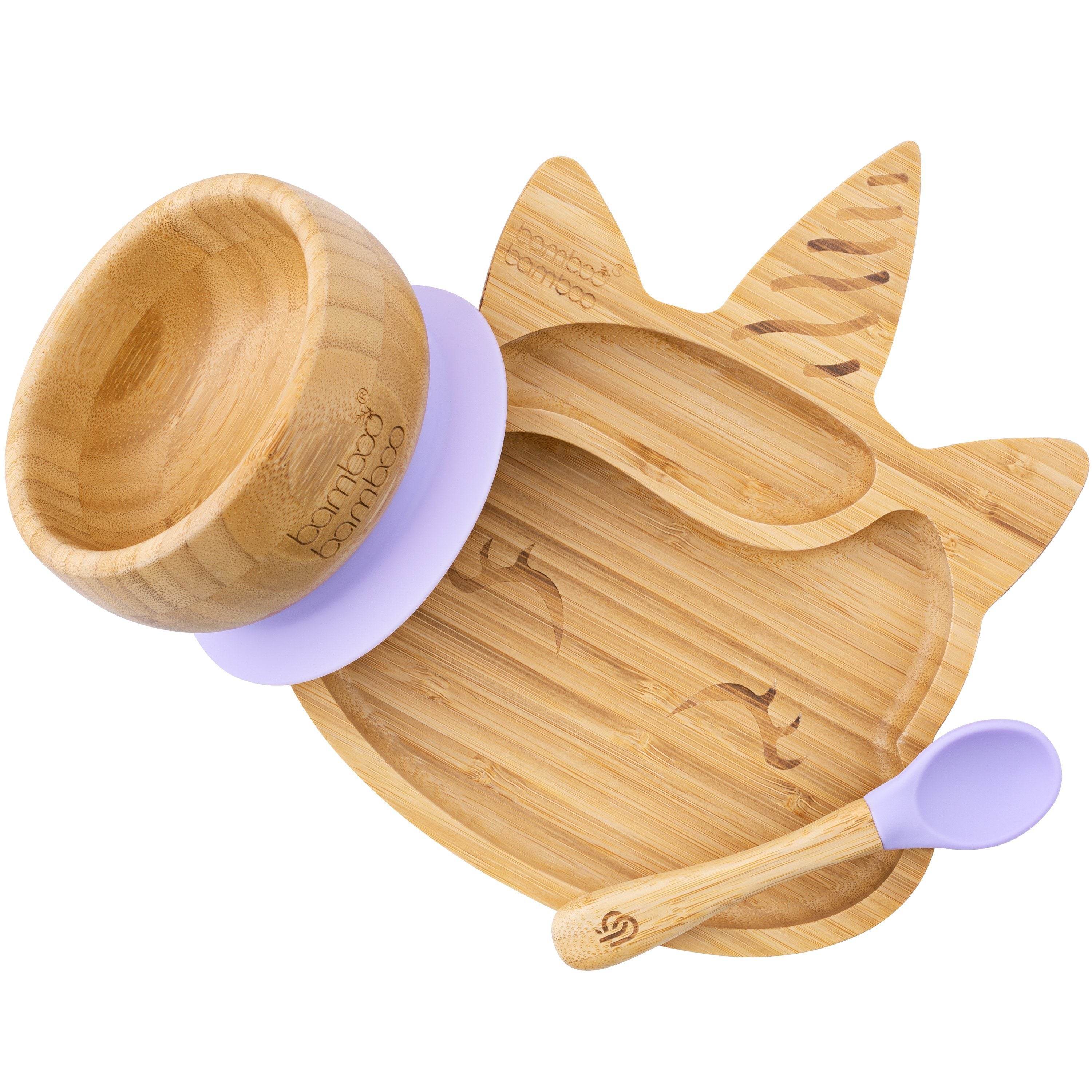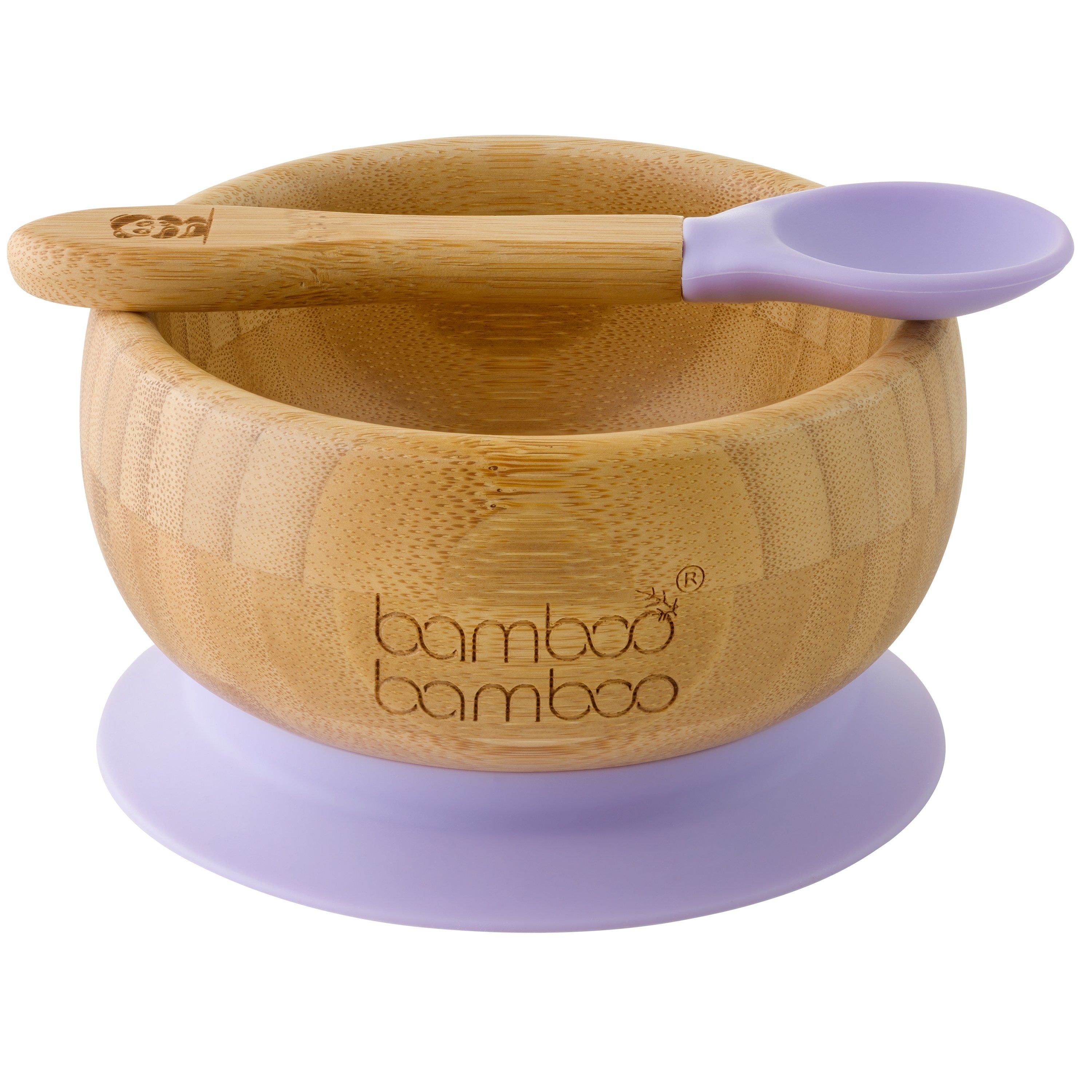Are You Feeding Your Baby a Credit Card? The Startling Truth About Microplastics.
Parenthood, a world of pureed carrots, mysteriously sticky surfaces, and an overwhelming desire to keep your tiny human safe from harm. That’s exactly why we created bamboo bamboo, to help parents make safer, plastic-free choices for their little ones without compromising on style or practicality. We obsess over organic baby food, non-toxic toys, and lotions gentler than a cloud’s whisper. But here’s a not-so-sweet surprise: your little one (and you) might be unknowingly snacking on something far less appetising, microplastics.
Now, before you spit out your frothy almond latte or barista-style coconut cappuccino, let’s get into the facts. Because science has something to say, and it’s rather alarming.
1. You’re Consuming a Credit Card’s Worth of Plastic—Every. Single. Week.

Yes, you read that correctly. According to a study by the University of Newcastle, the average person ingests around 5 grams of plastic per week, roughly the weight of your trusty debit card.*
And where is this plastic feast coming from? It’s in our water (bottled and tap), seafood, salt, and even the very air we breathe. So, while you’re carefully selecting the safest, most nourishing foods for your little one, microplastics may still be making their way into their diet, without an invitation.
2. The Equivalent of a Plastic Hanger—In Your Body.
If you thought the credit card revelation was bad, brace yourself. Over the course of a month, the amount of microplastics you unknowingly ingest adds up to the weight of an entire plastic hanger.† (Delightful, isn’t it?)
Research from the Environmental Science & Technology journal found that humans consume between 39,000 and 52,000 microplastic particles annually.‡ And this number increases dramatically if you drink bottled water instead of filtered tap water. So, if your baby’s milk is being prepared with anything but the purest H2O, those pesky plastic particles might be sneaking their way into their bottle, too.
3. 50 Plastic Bags a Year. Because Clearly, We’re Not Eating Enough
Still hungry? Scientists estimate that in a single year, the average human consumes around 250 grams of plastic, or the equivalent of 50 plastic shopping bags.§ That’s the same amount you’d politely decline at the supermarket because you brought your own reusable tote.
And guess what? Babies and toddlers are at even greater risk. Studies show that infants fed with plastic baby bottles can ingest millions of microplastic particles per day.¶ This is precisely why parents are making the switch to safer, non-toxic feeding products (like our very own bamboo bamboo suction plates and bowls—because no one asked for a side of microplastics with their mashed banana).
So, What Can You Do to Protect Your Family?
Thankfully, you don’t have to accept a lifetime of unintended plastic consumption. That’s where bamboo bamboo comes in, offering thoughtfully designed, sustainable feeding products that help parents reduce their family's exposure to harmful plastics. Here’s how you can reduce your baby’s exposure to microplastics:
- Ditch Plastic Feeding Products – Opt for bamboo suction plates, wooden cutlery, and silicone alternatives that are BPA-free and built to last.
- Say No to Bottled Water – Invest in a high-quality water filter to reduce microplastic intake.
- Be Mindful of Food Packaging – Where possible, store and heat food in glass or stainless steel rather than plastic.
- Vacuum Like a Pro – Microplastics are also in household dust, so regular cleaning can help keep them at bay.
- Stay Informed – Awareness is power. Knowing where microplastics hide helps you make safer choices.
The Bottom Line
Parenting is hard enough without worrying about accidental plastic consumption. But knowledge is the first step in protecting our little ones. By making small but impactful swaps like switching to bamboo bamboo’s non-toxic suction plates and bowls you’re giving your baby a safer, cleaner start to life, free from the hidden dangers of microplastics.
Now, go forth and enjoy that (microplastic-free) frothy almond latte or barista-style coconut cappuccino. You deserve it.

Sources:
- University of Newcastle (2019), WWF Report † Environmental Science & Technology (2019) ‡ Cox et al., Environmental Pollution (2019) § Dalberg Advisors (2019), ‘No Plastic in Nature’ Report ¶ Li et al., Nature Food (2020)
